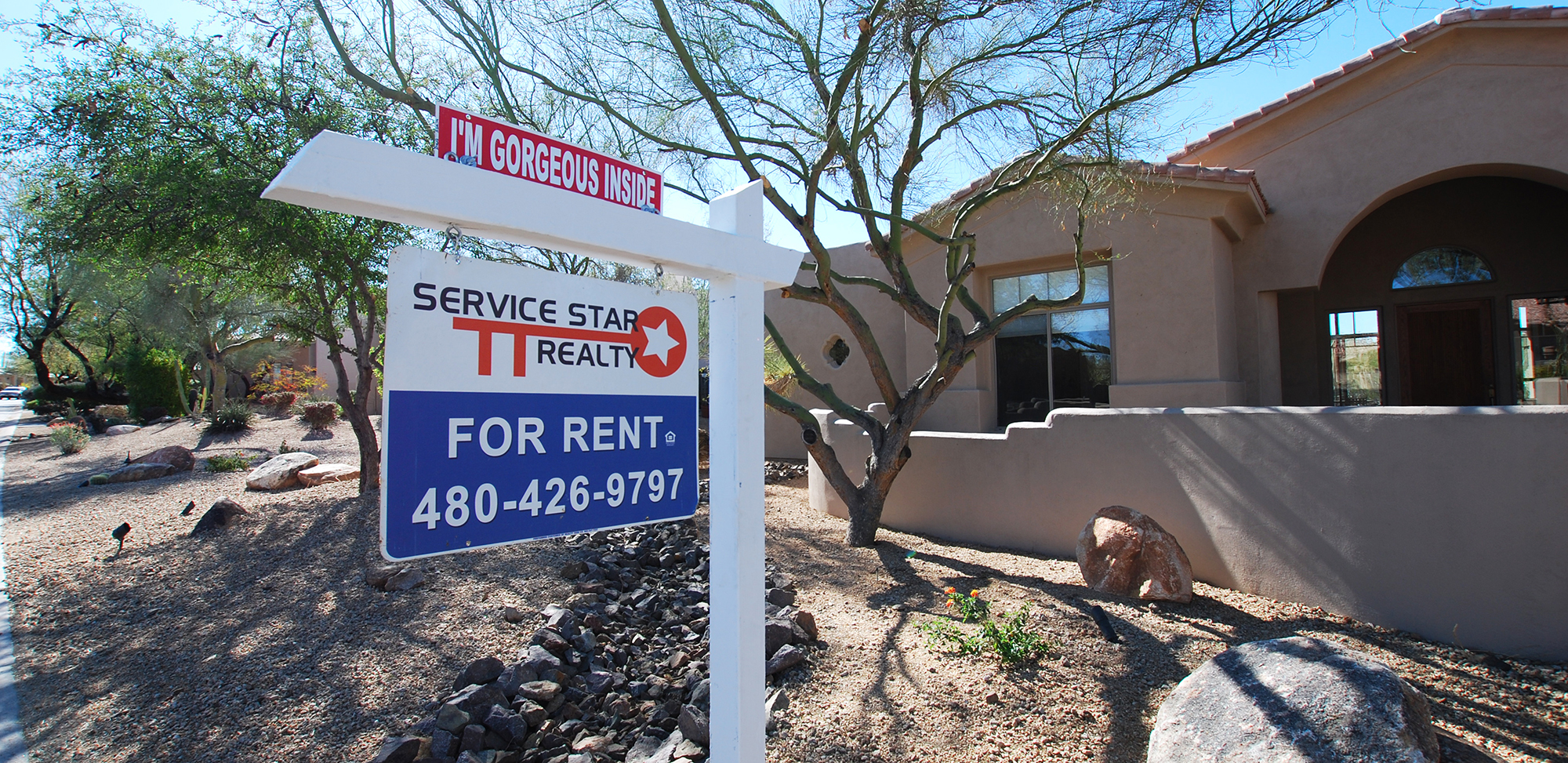By Richard Hart, EA, CAA
Imagine you could invest $200,000 in a piece of real estate today and sell it 20 years from now for nearly $500,000 without paying a dime in taxes. If you buy that real estate with funds held in a Roth IRA, that could happen, and you could even get low tax results with funds held in a regular IRA. Can you really do this? Yes, you can buy real estate with and hold it in your IRA, Roth IRA, or other retirement account. But it isn’t easy. In fact, it is quite complicated – and you’ll face many issues that might invalidate your IRA-based investment. Therefore, you really must know the rules and stay within the lines. Unlike other areas of tax, there is no grey area to play with here.
Rule #1 You must establish a self-directed IRA (Roth or regular), which may mean setting up a limited liability company or other entity to hold the assets.
Rule #2 You must find a plan administrator willing to allow you to use your IRA funds to buy real estate. The administrator will generally follow strict due diligence rules. Once you find the property you want, you’ll need to convince the administrator that this property is a good investment for the IRA to own. Be careful about the administrator you select. Just as some commission-based financial planners have a vested interest in selling you their pet investment, so do certain administrators. You want one that is not promoting properties but is simply administering accounts.
Rule #3 Once the account is set up, roll over your retirement funds to this new retirement account. Two things you need to know about this rollover: 1. The more money you have, the better off this self-directed program will be. We’re talking about at least $100,000 or more. Unless, of course, you live in an area where you can buy rental property for $40,000 or $50,000. Find a property that will both appreciate and generate enough cash flow to cover all costs without needing cash infusions annually. 2. If you don’t have enough money to buy a self-supporting property, you may need to set up the new retirement account so that you can contribute more than the $5,000 or so per year that an IRA would allow. How? If you own your business, you have some options: SEP-IRAs or solo-401(k) accounts. Those accounts will allow you to contribute up to about $51,000 per year, depending on your profits. Remember, these days, solo-401(k)s have Roth components, too. Regarding Roth vs. regular retirement accounts, which way should you go? When moving funds from a tax-deferred retirement account to any kind of Roth account, all the taxes must be paid for the year of the conversion. Consider how much money you’re going to lose right up front. Depending on your tax bracket and the amount of the conversion, expect to pay 20% to 35% in federal taxes, plus your state taxes. This may be a waste of money. On the other hand, if you’re setting this self-employed retirement account up in the first place, you can establish it as a Roth-type account. It may take you a few years to build up enough funds to buy a property but buying real estate in a Roth account means all the assets in the account will be totally tax free when you retire. Of course, if you know that you, your spouse, or your dependent will be facing high medical expenses upon retirement, a regular IRA is just fine. You’ll be able to offset draws from the IRA with your medical expenses. It takes some planning.
Rule #4 Now that you know some of the rules, what kind of property can you buy in your retirement account? You may only buy a property that neither you, nor your businesses, ever use. In fact, you can’t rent the property to any related parties either Continued from page 25 “Tax” – not family members, businesses owned by your business, and so on. Be very careful about this. If at any time in the life of the self-directed account, you rent to a related party, the retirement account will lose its tax-exempt status. In other words, this will have been an exercise in futility for you. But maybe you’re into that sort of thing. I’m not judging. Speaking of not being tax exempt, here is a concept you’ll hate: UBTI (unrelated business taxable income). How does this come into play when your retirement account invests in real estate? The retirement account is a tax-deferred or tax-exempt account. If its own funds are used for the investments, you have no problem. When you borrow money (think of mortgages), the earnings on that part of the property are no longer tax exempt. Say you have $200,000 in your IRA. You reserve $75,000 of those funds to cover operations and contingencies. $125,000 is used as a 50% payment on the property, borrowing $125,000 as a mortgage. Suppose you collect $25,000 in rent. Half of that money, $12,500, is allocated to the mortgaged part of the property. After deducting interest and operating expenses, suppose that the mortgaged half of the property shows a profit of $5,000. You will be paying taxes on those profits each year, as long as there is a mortgage. That is one reason to be very careful about buying property with a mortgage. Another? Suppose you lose your tenant and can’t find a replacement for several months. You will have no cash flow. If your business income that year doesn’t allow you to make a high enough contribution to cover the expenses, how will you pay the bills? You can loan money to the IRA; but only do so if the loan can be secured by the equity in the property. The amount of equity must be established by an objective third party to ensure that you are not lending enough money to the account so that your mortgage brings the total debt to an amount higher than the property’s value (the famous upside-down mortgage). What’s the best kind of property to buy? Find a property with a reliable long-term tenant. For instance, look at small strip malls or two-store commercial properties with a solid tenant. Look for NNN (net, net, net) leases, where the tenants pay (or split) all the insurance, property taxes, and maintenance on the property. All you pay is the mortgage (if any), and perhaps some backup insurance. Another consideration for self-directed retirement accounts holding real estate is that someone must manage the property or properties, which means, the cash flow from the property needs to be high enough to pay this fee. Then, there are the fees to set up, and maintain the self-directed retirement account. Set up could cost anywhere from about $2,500 to $10,000, depending on the complexity of the account and the review of the properties. Annual fees may run as high as $2,000. Incidentally, you definitely want checkbook control of the account. You don’t want to have to contact the administrator every time you need to cut a check. That would eat up time and add to the fees. A lot of people who jump into the self-directed IRA arena without really understanding how it works lose their investments altogether. But this is a very attractive and lucrative type
SUMMARY: What are the Benefits of Investing in Real Estate with Your IRA? • Real Estate is a tangible asset; you can see it and touch it. • IRA Real Estate is an asset that you have experience with and understand. • Investment properties can potentially yield a cash stream, as well as market appreciation. • You have strategic control over the properties that your retirement account owns. • You can apply your knowledge and expertise of the real estate market. • You can buy, sell, and exchange properties without tax consequence. Important Things to know about Real Estate IRA Investing • A self-directed real estate IRA is its own financial and legal entity, and it is separate from your personal finances. • As a separate legal entity, your IRA has its own name: New Direction IRA, Inc. FBO (client name) IRA. • The IRA is the owner of the real estate, not the IRA holder. Therefore, purchasing and maintenance costs are paid by the IRA, and all income (e.g. rent) goes back to the IRA. • All legal documents related to an IRA-owned asset must be in the name of the IRA, not your personal name. • For the documents associated with your IRA real estate acquisition to be complete and legal, they need to be signed by New Direction IRA (as the administrator for that account). IRS Prohibited Transactions for Self-directed IRA Real Estate • Neither the IRA holder nor any disqualified person to the Real Estate IRA may live in or use the property. • You cannot work on the property yourself, for free or for pay. “Sweat equity” is not allowed. Any remodeling, repair, improvement, and even maintenance, must be performed by a paid third party at market rate. • Your IRA cannot purchase a property from you or any disqualified person. Similarly, you (or a disqualified person) cannot sell the IRA’s property to yourself. This scenario constitutes self-dealing, which is not permitted. • Neither you nor a disqualified person can guarantee a loan for an IRA property. This scenario constitutes self-dealing, which is not permitted. • If you are a real estate agent and involved in the transaction, you CAN NOT take a commission.
Richard Hart, EA, CAA, earned a Degree in Accounting and has since acquired experience putting his knowledge to work in the construction, manufacturing, service, restaurant, banking, and real estate industries for more than 13 years. In 2006, Richard opened his own practice, Hart & Associates Tax Consulting and Preparation Services, to specialize in tax accounting and has earned the credentials of Enrolled Agent and Certified Acceptance Agent with the Internal Revenue Service. Hart & Associates now has offices in Las Vegas, Nevada, Manhattan, New York, and Beverly Hills, California. Richard has effectively helped hundreds of clients to successfully navigate US tax law and preserve their wealth. Hart & Associates is a NARPM® Affiliate Member and Richard can be reached at Richard@hartassociate.com
Service Star Realty
1525 N Granite Reef #16, Scottsdale, AZ 85257
(480) 426-9696













